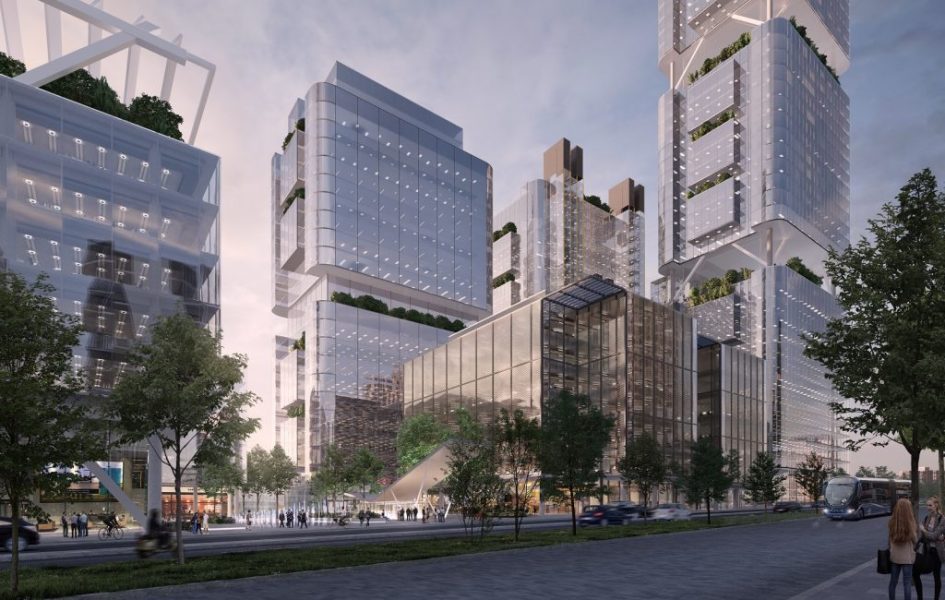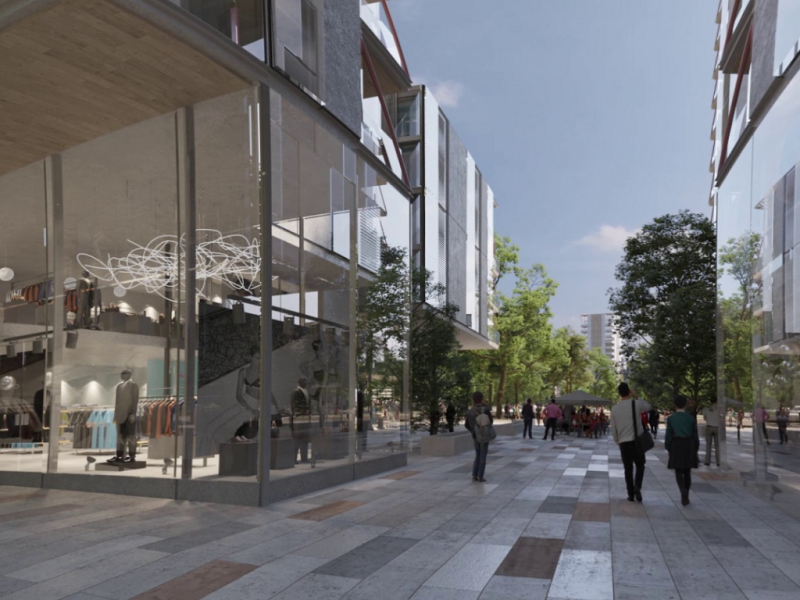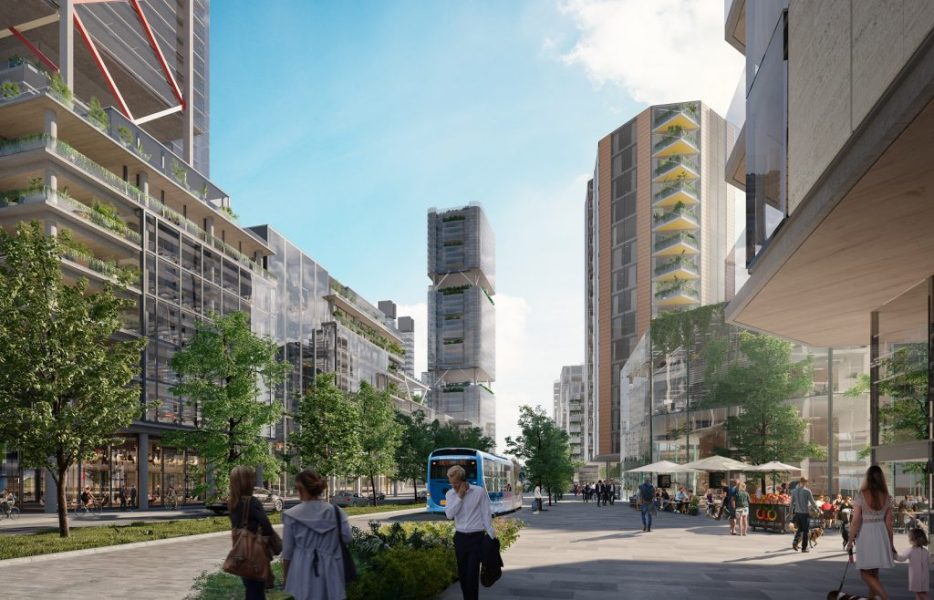18 December 2018
for Madrid Nuevo Norte


One of the most prominent features of the Madrid Nuevo Norte project is undoubtedly its Business District. A variety of business districts worldwide has been studied to achieve its urban design. This study sought to learn from both obsolete, unsuccessful models and from pioneering international projects that have been success stories.
This future business district will be an opportunity for the capital. It is estimated that more than 120,000 jobs, of the 130,598 that will be created after the completion of Madrid Nuevo Norte, will be from office-related activity. These findings are from the study of Antonio Pulido and Julián Pérez, professors at the Autonomous University of Madrid. This report is included in the economic feasibility study of the ad hoc modification of the General Plan of Madrid, a document initially approved by the Madrid City Council last September.

The importance of the new district must be broadened beyond economic parameters since the new business district in Madrid will move to distance itself from the traditional CBD (Central Business District) concept. Madrid Nuevo Norte seeks to move beyond being a mere group of office buildings. It intends to become a rationally planned, balanced area, with a mixed office and residential uses that complement each other.
The street-level floors of most office buildings will be home to commercial premises: local shops, restaurants, etc. The size of the premises will depend on the demand generated by the offices and housing. The Business District, structured around the vast Central Park, is also designed to balance work and recreational spaces. The combination of both elements will create a new iconic image of the capital.
The new CBD will be internally subdivided into building units and public space known as clusters. Its urban design seeks to balance each cluster in terms of mixed-uses that coexist in the area and the associated city life. Each unit, which shall have direct access to the central park, shall consist of office buildings, residential, commercial use, squares, routes and pedestrian areas.
The design of Madrid Nuevo Norte’s Business District will change the capital’s mobility paradigm: 80 per cent of the trips will use sustainable means of transport, and private vehicles will account for only 20 per cent. The area has been designed to build on its synergy with Chamartín train station, which will be completely renovated. It will become the hub for the new public transport infrastructure: three Metro stations, one commuter train station and a high-capacity priority bus line.
Given its compact design, the area will be pedestrian- and bicycle-friendly, making it easier to access from the neighbouring districts, to both the east and west. This means that previously isolated areas can now be reached on foot or bicycle.
